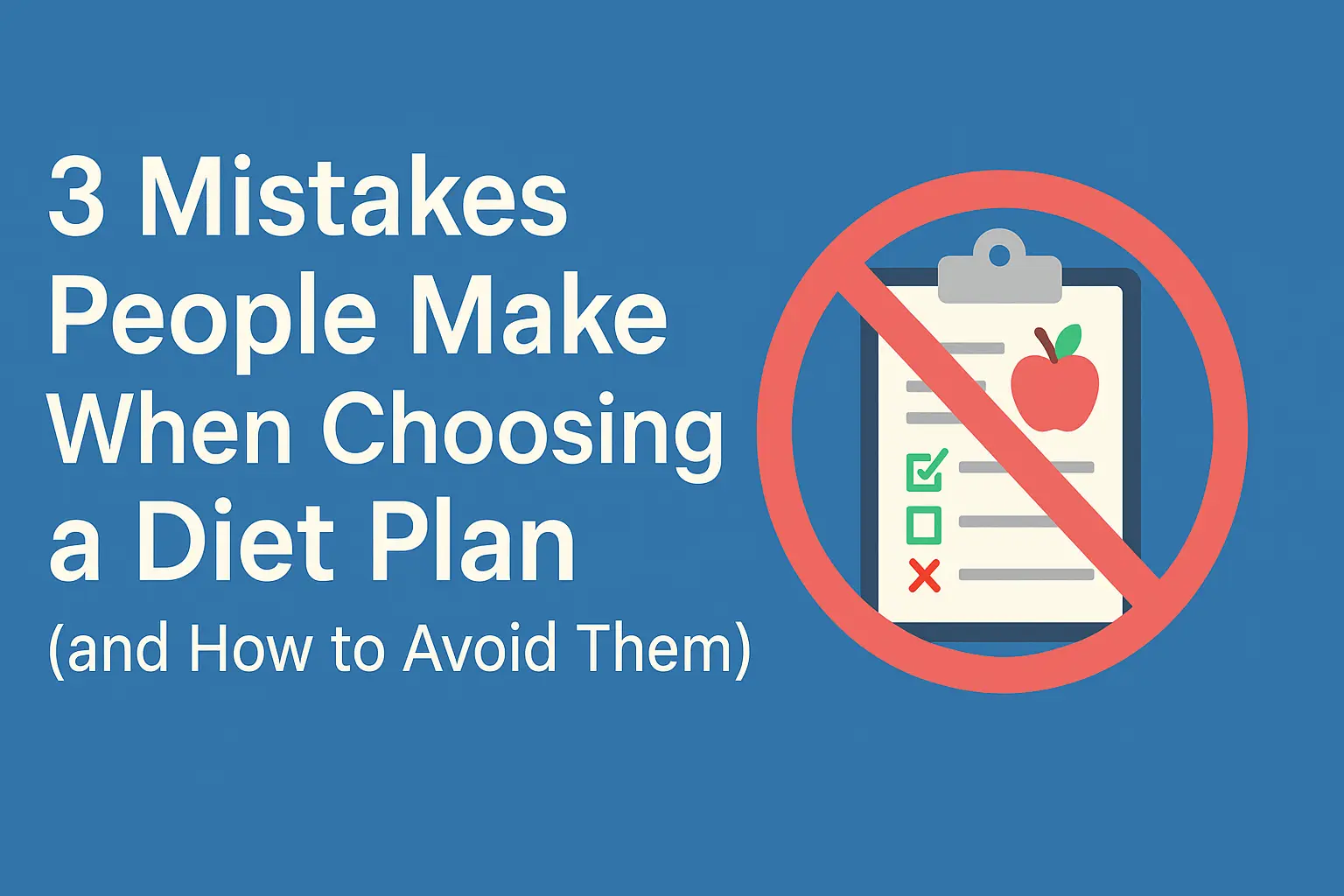
How to Build a 1,500-Calorie Diet That Actually Keeps You Full
A 1,500-calorie plan can be powerful for fat loss — but only if it keeps you satisfied. In this article, we break down how to structure your macros, boost meal volume, and avoid the 4 p.m. crash. Includes real food examples and smart swaps that fill you up.
- Why 1,500 kcal is a popular target
- Common mistake: low volume, high sugar meals
- How to structure macros for satiety
- Sample meal plan (with recipes + calories)
- Volumetrics: The art of eating more for less
- Bonus: high-fiber & high-protein food swaps
- Conclusion: Sustainable doesn’t mean boring
Many people pick 1,500 kcal for weight loss—but end up starving by 4 p.m. Why? Because calorie count alone isn’t enough. The key lies in nutrient density, macronutrient balance, and smart food volume.
Macronutrient split for fullness:
- Protein: 30–35 % (~115–130 g)
- Fat: 30 % (~50 g)
- Carbs: 35–40 % (~130–150 g) — mostly complex
Add visual examples of low- vs. high-volume plates with same calories (e.g., 200 kcal = handful of chips vs. massive salad with grilled chicken).
Try our pre-calculated 1,500 kcal diet plans at BodyAxis — with portion sizes, recipes, and no math required.



